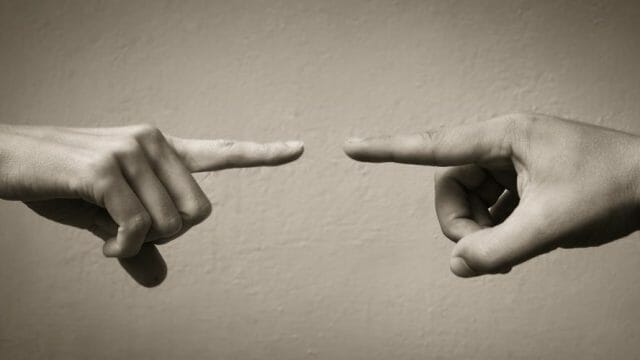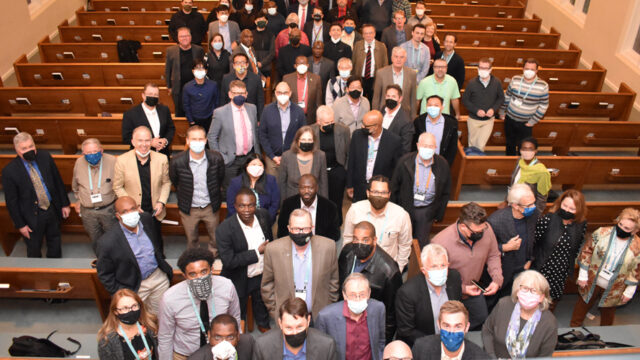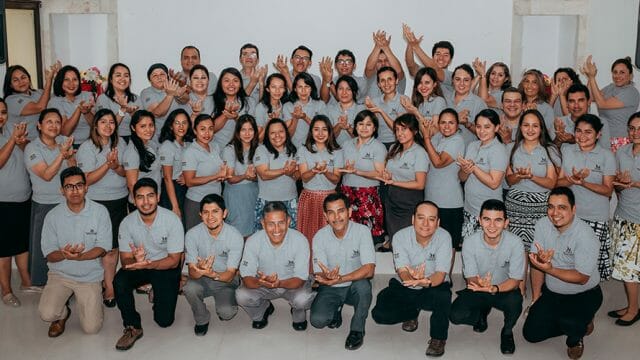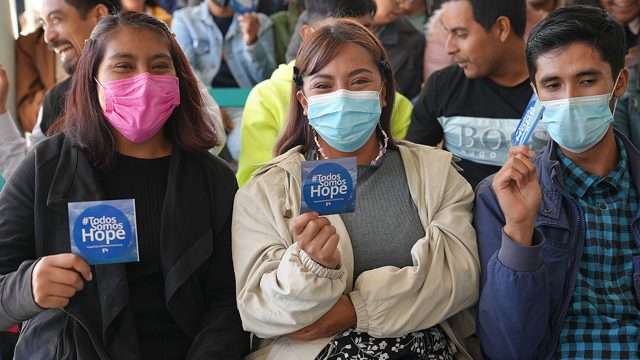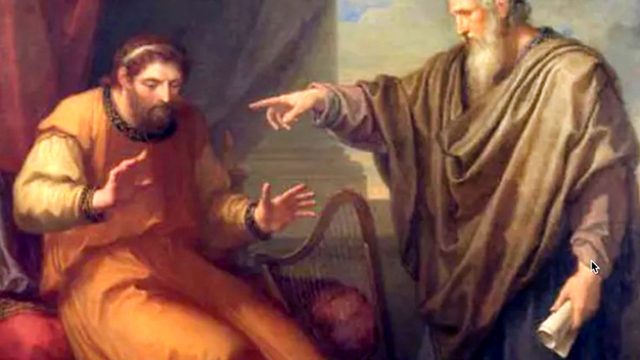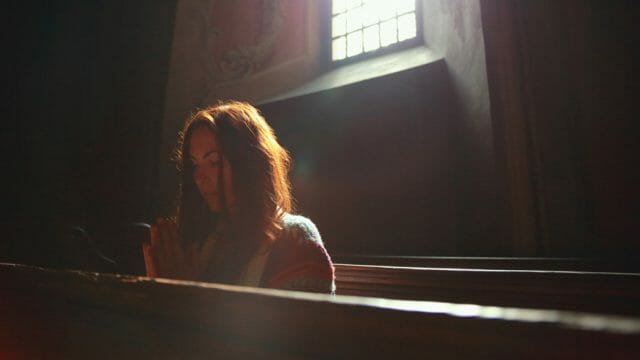Whom did God choose to be His mouthpieces? Men and women of all ages.
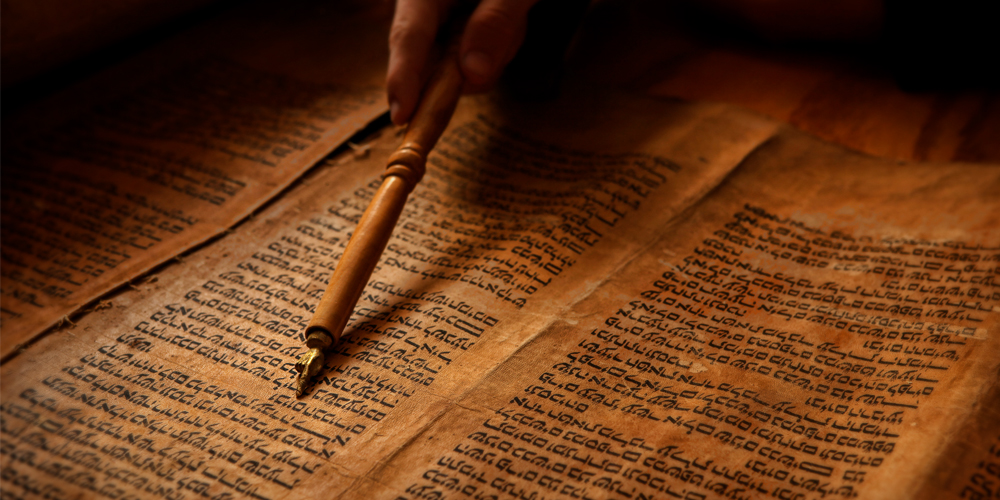
Reflect for a moment on the great prophets God used to speak to His people. Invariably, we think of Moses, Daniel, and Isaiah. Some might think of minor prophets such as Amos, Micah, or Zechariah. But how many of us think of women who prophesied, like Anna, Miriam, or Deborah?
And yet, across the ages of human history recorded in Scripture, there are various examples of God using both men and women to be His mouthpiece. In the Old Testament, one such example is tucked away in the book of 2 Kings during the reign of King Josiah (seventh century BC). While the prophets of this era include Jeremiah, Zephaniah, and Habakkuk, it was during this time that God used the prophet Huldah.
While her contemporaries had inspiring names — Jeremiah means “God will raise or lift up”; Zephaniah means “God covers or protects”; and Habakkuk comes from the word embrace — Huldah’s name means “weasel” or “mole,” a tiny, blind animal that lives beneath the ground and is considered a pest. One can only imagine how she must have been teased as she was growing up. And while we know that Jeremiah’s father was the high priest, and Zephaniah was the great-great-grandson of the godly King Hezekiah, we don’t know anything about Huldah’s lineage, except that her husband was the keeper of the king’s wardrobe — hardly leadership or spiritual credentials.
Consequently, it is remarkable that, when King Josiah gave orders to inquire of the Lord about the book of the law found in the temple (2 Kings 22), his delegation sought out Huldah. She prophesied: “This is what the Lord, the God of Israel, says concerning the words you heard: Because your heart was responsive and you humbled yourself before the Lord . . . [y]our eyes will not see all the disaster I am going to bring on this place.” At a time when Jeremiah, Habakkuk, and Zephaniah prophesied, God used humble Huldah to touch King Josiah’s heart and bring about the second reformation of his reign.
Similarly, the New Testament recounts many instances of men and women together sharing the good news of Jesus. One such example, in Luke 2, pairs the prophet Simeon with the prophetess Anna during the presentation of the infant Jesus in the temple at Jerusalem. Simeon, “righteous and devout” and awaiting his death, had been told by God that he would live to see the Messiah. Inspired by the Holy Spirit to go to the temple, Simeon caught sight of Joseph, Mary, and baby Jesus and realized that Jesus was the promised One. He eagerly took Jesus in his arms, praised God for keeping His promise, and then prophesied that Jesus was “destined to cause the falling and rising of many in Israel” (vv. 25, 34, ESV).
Not too far away stood the prophet Anna, who was “very old” — 84 years old — and who “never left the temple but worshiped night and day, fasting and praying.” As Simeon was prophesying about Jesus, Anna came up, gave thanks to God, and “spoke about the child to all who were looking forward to the redemption of Jerusalem” (vv. 36, 38, NIV).
This theme of God using men and women to be His mouthpiece to prophesy the good news is repeated after Jesus’ resurrection. Both men and women together made up the community of Jesus (Luke 24:22), and it was the women whom Jesus charged with announcing the good news of His resurrection to the rest of the disciples (v. 23).
Similarly, after Jesus’ ascension, both men and women “joined together constantly in prayer” (Acts 1:14, NIV) as they awaited the outpouring of the Holy Spirit. And on the day of Pentecost, they were “all together in one place” and “all of them were filled with the Holy Spirit” (Acts 2:1, 4).
When those looking on accused them of being drunk, Peter explained that they were not drunk but fulfilling a prophecy: “ ‘I will pour out my Spirit on all people. Your sons and daughters will prophesy’ ” (v. 17). And throughout the remainder of the New Testament, we see men and women working together, sharing the good news of Jesus and planting new churches.
Today, across the varied nations of our South Pacific Division, God still uses both men and women to reach out to those increasingly in need of Him. This was powerfully demonstrated at a special service in Suva, Fiji, earlier in 2021, when the calling of 14 pastors, both men and women, was recognized by the laying on of hands and a dedicatory prayer.
It is also quietly and unassumingly demonstrated by the many men and women who faithfully serve their communities and churches, sharing the good news of Jesus and reflecting the image of God to those in need of knowing Him. If we truly believe both men and women were created in the image of God, and both reflect the image of God, however imperfectly, how could it be otherwise?
In this, we see the fulfillment of Joel 2:28 and Acts 2:17, 18:
“In the last days, God says, I will pour out my Spirit on all people. Your sons and daughters will prophesy, your young men will see visions, your old men will dream dreams. Even on my servants, both men and women, I will pour out my Spirit in those days, and they will prophesy” (NIV).
The original version of this commentary was posted by Adventist Record.


